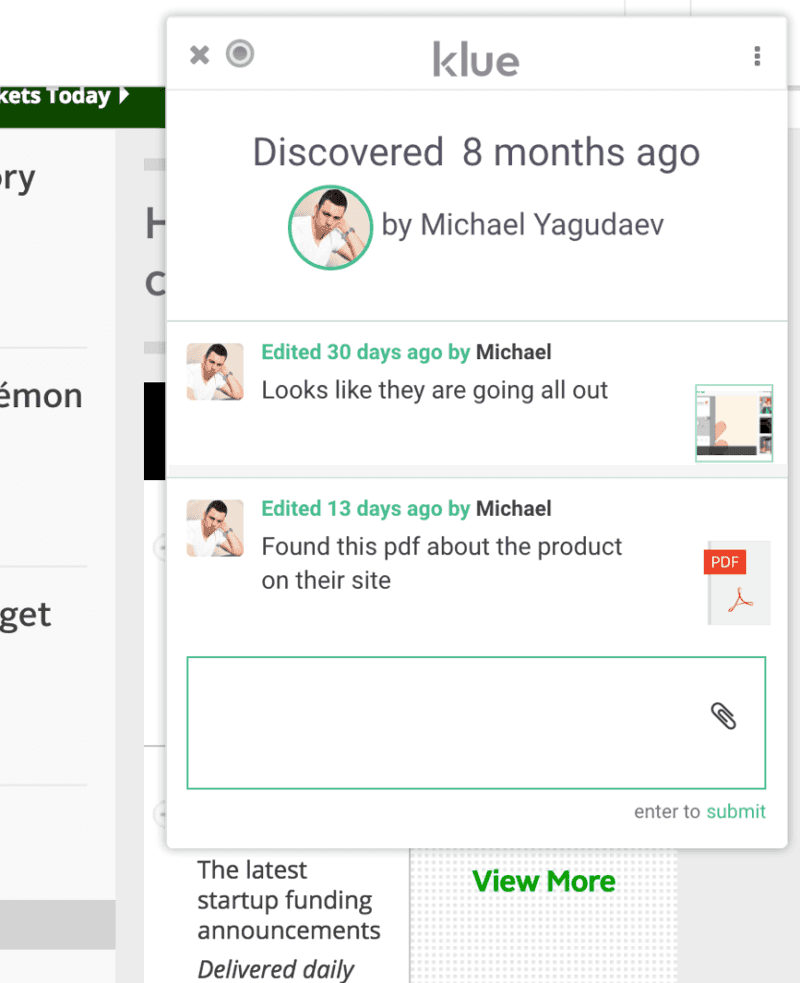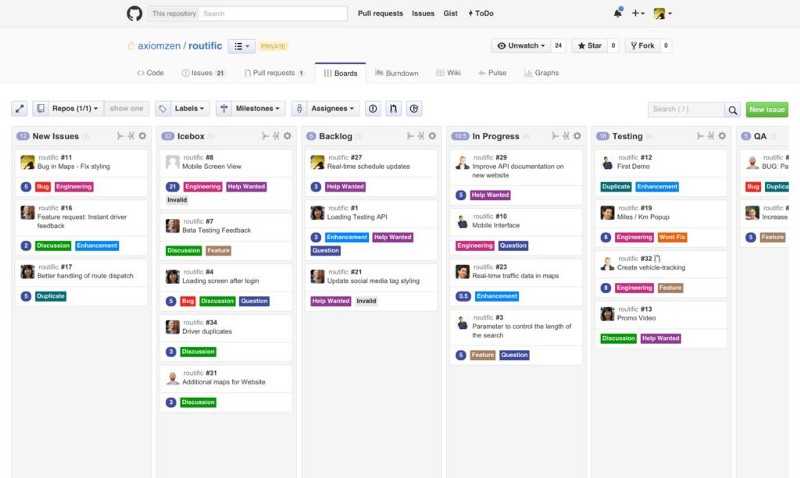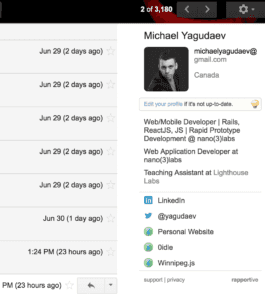In product design circles you will often hear talk about making products sticky, addictively useful and ingrained in our lives. We want users to wonder how on earth did they exist before discovering our product.
Working with the good folks over at Klue on their Chrome Extension got us really thinking about this question. You see, our friends at Klue believe in reducing friction and augmenting the user’s already existing workflow to help collect competitive intelligence. Klue is about helping you keep on top of your competition without getting in your way.
Most products start their life as attention grabbing divas. Their creators believe you, the user, need to dedicate your precious life to their beautiful new creation, after all, that is what they are doing with their time; why should you be any different.
This means you need to learn a completely new behaviour, going to a strange new website, with its own design rules and figuring out how to do the one thing you wanted to in the first place. This is not a great user experience.
Instead, what we want to do is to ease in this new habit formation by coming to the user in a form they are already used to. We simply want to sprinkle the functionality they desire into their already existing workflow. On the desktop, this is precisely what we can do with a Chrome Extension.
Let me tell you the story of one of my favourite products, ZenHub. ZenHub is a project management tool, but unlike many existing tools it started its life as a chrome extension. It was simple, it added KanBan boards to Github, where most developers already spend a lot of time collaborating on their code. This meant coders did not need to change any of their existing behaviour. The product didn’t impose its will and try to steal attention. It also didn’t let you forget about it, as you would see a small icon as you navigate through github. Finally, it was incredibly useful, it was like Trello created by developers for developers.
Imagine ZenHub starting its life in the traditional product route, building a web app first and connecting to github. It would have become indistinguishable in the sea of Project Management tools out there, just another Trello clone. In fact, I remember talking to the developer who created it and asked if there were plans to also release a standalone web app. How foolish of me, there is no need for one whatsoever.
Another interesting story is the story of Rapportive a Chrome plugin that adds a sidebar to gmail pulling information from Linkedin about your contacts. It is a must have tool for any gmail user. Rapportive got acquired by Linkedin for a cool $15 Million in 2012, not bad pocket change for such a simple tool. Rapportives vision was building products that “you don’t have to remember to use” and that become “an intrinsic part of the tools you use every day.” [1] (what a beautiful way of putting it).
Below are a few more product ideas to get your mind going:
- Email scheduling — augment gmail/yahoo/hotmail to allow users to schedule emails to be sent out
- Light content management for github pages — allow users to edit github pages while viewing the page (i.e. in context)
- Ebay/amazon power seller tools — tools to help power sellers on ebay and amazon better manage their products
If you already have a product I challenge you to think creatively of ways to bring your product to the people instead of trying to bring the people to you.
Let us know what you think in the comments. If you like this post, be sure to like it on Medium. Feel free to message us about your product, we would love to help.




